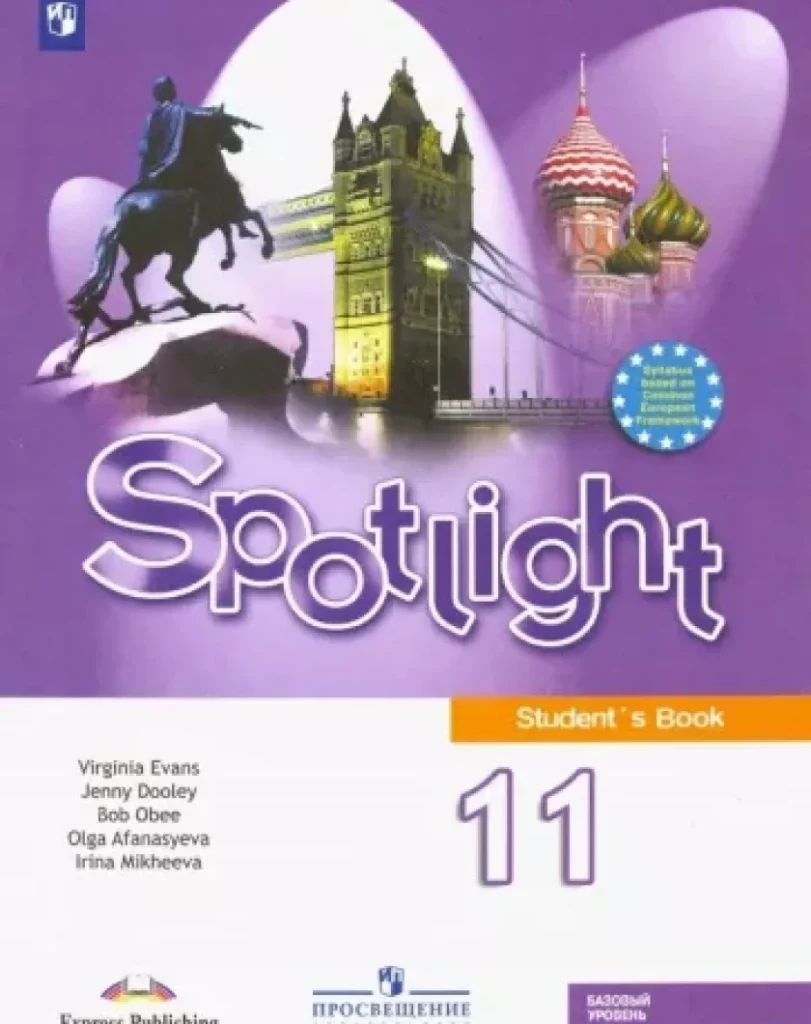
Учебник английского языка для 11 класса, автор – Ваулина, представляет собой увлекательный и структурированный подход к обучению школьников. В нем удачно сочетаются теоретический материал, упражнения для практики и интересные задания, способствующие развитию всех языковых навыков. Это пособие подходит как для самостоятельного изучения, так и для работы на уроках.
ГДЗ по Английскому Языку 11 Класс Модуль 8 Culture Corner Номер 2 Ваулина — Подробные Ответы
Прочитайте пары слов ниже, какое слово используется в американском варианте английского языка и какое в британском варианте английского языка. Проверьте в словаре.
1 топливо
2 тротуар
3 кроссовки
4 автомагистраль
5 аптека
6 против часовой стрелки
7 хрустящий картофель
8 чипсы
9 адвокат
10 осень
11 продавец
12 почтовый индекс
13 банкнота
14 резинка
There are several vocabulary differences between American and British English. For example, in the United States, people say gas for fuel, sidewalk for the pedestrian path along a street, and sneakers for athletic shoes. Americans also use terms like freeway (instead of motorway), drugstore (instead of chemist’s), and counter-clockwise (instead of anti-clockwise). Additionally, chips in American English refer to what the British call crisps, while fries are what the British call chips. Other examples include attorney (UK: lawyer), fall (UK: autumn), sales clerk (UK: shop assistant), zip code (UK: postcode), bill (UK: note), and eraser (UK: rubber). These differences highlight how the same language can vary significantly across regions.
There are many noticeable differences between American and British English, especially when it comes to everyday vocabulary. These variations often reflect cultural and regional distinctions and can sometimes lead to confusion for language learners or travelers.
In American English, the word “gas” is commonly used to refer to the fuel for vehicles, whereas in British English, the same substance is called “petrol.” When walking along a street, Americans use the word “sidewalk” to describe the path for pedestrians, while in the UK, it is known as the “pavement.”
Footwear terminology also differs: athletic shoes are called “sneakers” in the United States and “trainers” in the United Kingdom. Similarly, large roads for fast-moving traffic are called “freeways” in American English, whereas the British refer to them as “motorways.”
When it comes to health and medicine, Americans go to a “drugstore” to buy medication or health-related products, while in the UK, people typically visit a “chemist’s.” Even directions differ — “counter-clockwise” is the American way to describe movement opposite the direction of a clock’s hands, while the British use “anti-clockwise.”
Snack foods also have different names. In the U.S., “chips” refer to thin, crunchy slices of potato (which the British call “crisps”), while “fries” (short for French fries) are called “chips” in the UK. This can be especially confusing in restaurants!
There are also variations in professional and seasonal terms. For instance, an American “attorney” is called a “lawyer” in Britain. The season following summer is known as “fall” in the U.S., but “autumn” in the UK. A store employee helping customers would be called a “sales clerk” in American English, and a “shop assistant” in British English.
Even postal and money-related vocabulary differs. In the U.S., people use a “zip code” to identify postal regions, while in the UK, it’s called a “postcode.” The American “bill” (paper currency) is known as a “note” in British English. And what Americans refer to as an “eraser” is called a “rubber” in the UK — a word that can sometimes lead to humorous misunderstandings.
Understanding these differences is helpful not only for effective communication but also for gaining insight into the culture and customs of each country. Whether you’re studying English or traveling abroad, being aware of these distinctions can enrich your experience and help you avoid confusion.



Оставь свой отзыв 💬
Комментариев пока нет, будьте первым!